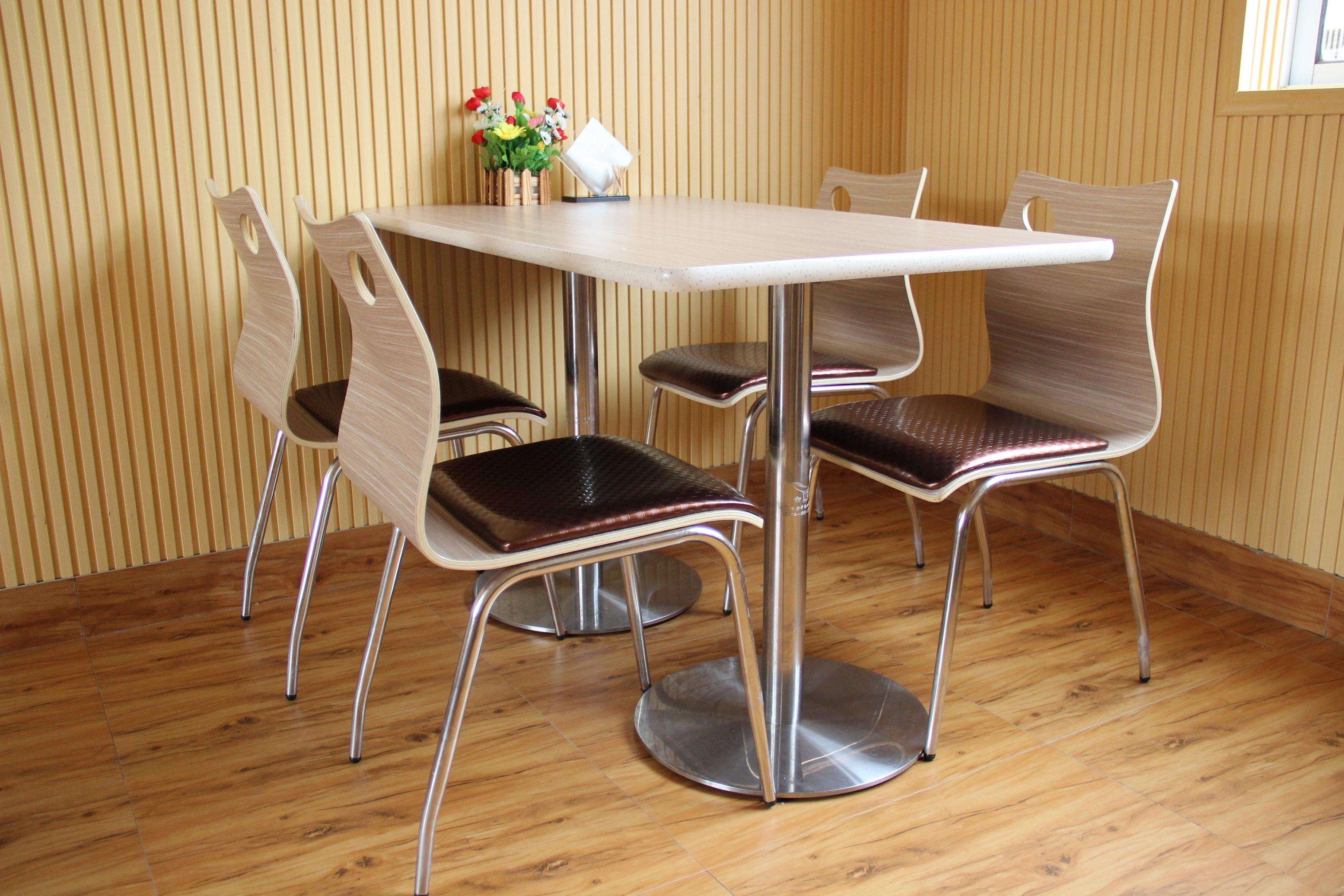Furniture retailers: Are you ready if you’re next on Amazon’s hitlist?
E-commerce for retail has begun to increase and poses a threat to brick and mortar retailers.

The furniture industry probably feels safer right now than the grocery industry. Grocery has been jolted by shockwaves as Amazon purchased Whole Foods for $13.7 billion and we are all imagining the potential tectonic shift toward e-commerce dominance.
Furniture and home décor has not been specifically targeted as an industry to colonize just yet. However, e-commerce for retail has begun to increase and poses a threat to brick and mortar retailers. There’s Casper for mattresses, JoyBird for midcentury modern – even Urban Outfitters has a nice line of furniture sold online.
With Wayfair’s stock rising 22 percent this spring, Wall Street has officially begun to validate the concept of selling furniture and home goods through online channels. This puts intense pressure on traditional retailers, as consumers have more choice – they can choose from “zillions” of products according to Wayfair’s hyperbolic tagline – and have higher expectations than ever before.
So how can traditional retailers compete? Are established brands all but certain to fall victim to a new era of business?
One roadblock that stands in the way of the long-term success for furniture brands is that they are mired in a traditional approach that involved linear and siloed product development. How often do product development teams go outside of their own four walls to source ideas from partners further up or down the supply chain? Would it even be possible to do so, if a product team was so inclined, with the current backend tools that most retailers have in place? Not so easily.
Furniture brands need to start thinking outside of the traditional linear development model and look toward approaches that involve faster collaboration and design sharing with their internal teams and outside suppliers to create truly innovative products to keep up with consumers. If e-commerce giants are going to be undercutting on price and offering ‘zillions’ of options, then traditional brands need to find a totally new way to source creative ideas to bring better products to market, faster.
The key to competing: Collaboration
Breaking down siloes in the product development cycle is a crucial first step. Suppliers in Asia might have a vastly different view of what materials will be popular in homes for the next few quarters, or they might be able to offer insight on shortages or surpluses that affect pricing. To not tap these resources is to leave a knowledge gap that omnipotent competitors like Amazon will no doubt have the resources to fill.
Unfortunately, collaborating with the broader sourcing and supply chain community is easier to imagine than it is to put into practice for most traditional retailers – not because it’s difficult to implement, but because the tools being used aren’t advanced enough to handle collaboration. Any given sourcing professional at a furniture company communicates through the supply chain with outdated apps. For example, it might look something like this – using Outlook they send generically named JPEG images, or attach pictures of sketches drawn on paper to a lengthy email chain that get passed back and forth until the original idea is unrecognizable. Communication, collaboration and co-creation are the foundations upon which retailers can build a model that stands up to the winds of e-commerce change. It won’t be built using tools like Excel, but instead by using the tools that innovators are turning toward, driven by a digital-first mentality, just like the consumers that brands are selling to.
While traditional approaches have certain merits, the furniture and home goods industry needs to embrace the digital movement. The threats posed by Amazon, Wayfair and others should be a call to action to the industry to make improvements, not only to deliver better products to customers, but for the sake of their own longevity. As physicist William Pollard once said, “Without change there is no innovation, creativity, or incentive for improvement. Those who initiate change will have a better opportunity to manage the change that is inevitable.”





 沪公网安备31010402003309号
沪公网安备31010402003309号



